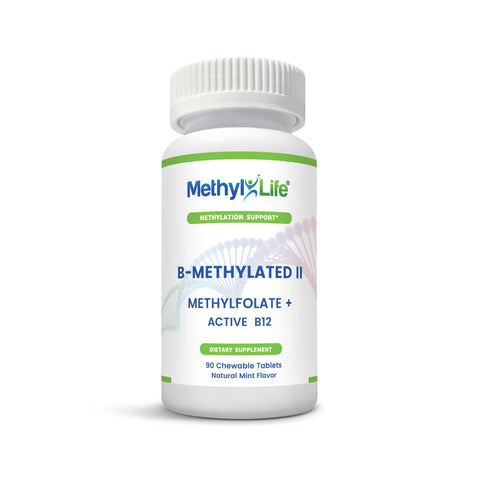Does Nitrous Oxide Cause Adverse Reactions for People with MTHFR?
Those with an MTHFR mutation may already be aware that they have a higher risk of certain health conditions like nutritional deficiencies, elevated homocysteine, depression, and more.
However, many may not be aware of the potential dangers of the common anesthesia, nitrous oxide.
Nitrous oxide (NO) is a colorless gas used as an anxiolytic and anesthetic during medical procedures, usually in dentistry. Studies show that patients with the common MTHFR mutations C677T or A1298C may develop higher plasma homocysteine concentrations after nitrous oxide1 anesthesia than those without the mutation. In serious cases, the combination of elevated homocysteine and nitrous oxide has been fatal.
This article will explain the use of nitrous oxide and how it affects people with MTHFR mutations. We will also discuss other forms of anesthesia and their impact on MTHFR, and whether any safe alternatives exist.














